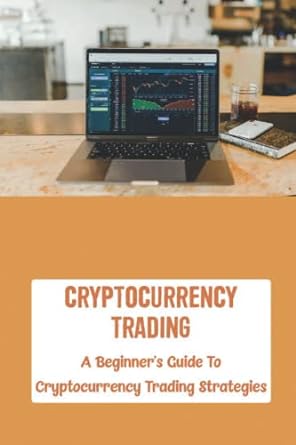Question
6. Exchange-Rate Regimes. Scandinavian countries have followed very different paths in 80 +20 response to the introduction of the Euro (EUR). Finland decided to join
6. Exchange-Rate Regimes. Scandinavian countries have followed very different paths in 80+20 response to the introduction of the Euro (EUR). Finland decided to join the common currency, Sweden adopted a free floating regime for the Krona (SEK), and Denmark pegged its currency, the Danish Krone (DKK),[1] to the Euro whereas Norway and Iceland, who are only associated with the EU, retain full independence in monetary and economic affairs.
As a result, the fortunes of the Danish Krone and Swedish Krona have sharply diverged in recent times. The Financial Times explains:
The humble Swedish krona is offering a neat reminder that relationships in financial markets are not static. The currency is hardly one of the worlds most heavily traded, accounting for only about 2 per cent of global flows. But it has played a number of roles. In a period around 2011, the kronas direction was largely determined by global sentiment in a positive direction: when markets were broadly upbeat, Swedens small, open economy meant that the currency climbed. Mindful of that relatively recent past, some observers are, therefore, surprised to note that the currency has been clobbered of late, despite a pick-up in global stocks.
Notably, the krona fell 2 per cent in January against the neighbouring euro its main counterpart while the S&P 500 regained its mojo after the year-end slump and jumped almost 8 per cent. Carl Hammer, head of macro strategy at Swedish bank SEB in Stockholm, argues that this should be no surprise. Everyone is getting it wrong as usual, he said. In fact, the krona has reasserted a strong negative relationship with global sentiment. Bad news for broader markets is good news for the krona, and vice versa, he said, much as it is for the yen and other haven currencies. The Swedish currency is clearly abnormally weak; typically the euro trades above SKr10 only in times of dire market crisis. The rate has now been above that point for a year. It has fallen further this week, cementing its position as the worlds worst-performing leading currency this year, after the latest Swedish inflation figures proved far milder than expected. The central bank has taken note, scrapping its threat to intervene in the market and weaken the currency after three years.
The explanation is simple: Swedish interest rates are stuck in the freezer. They rose in December but are still a quarter of a point below zero. That, said Mr Hammer, was a gift to hedge funds and computer-driven trading strategies that hunt for currencies linked to low rates and sell them in favour of higher-yielding assets elsewhere when market conditions are benign. Local Swedish investors are also avid consumers of overseas assets when they are feeling flush. When they suffer jolts of nerves, those overseas investments come home, boosting the krona. This is unlikely to change unless the central bank brings interest rates out of the cold and back above zero. Until then, it is not too hard to imagine policymakers concern switching to the risk of a disruptive decline in the currency. (Katie Martin, Tail Risk, FT February 20, 2019)
- Define pegged and floating exchange-rate regimes, respectively. What regime do theDKK and SEK respectively follow?
- What are the advantages and disadvantages of fixed and floating exchange rates, respectively, for importers, exporters, monetary policy (central banks), and consumers? Present your conclusions in tabular form. Who wins and who loses from a weak SEK and strong DKK, respectively?
- Focusing on the DKK and SEK, explain the currencies diverging fortunes against theEuropean EUR. What makes the DKK so stable and by what means is this stability achieved? Why has the SEK been so weak lately?
- What trade does the above FT article suggest? Explain its mechanics and compute an example. How might it have contributed to the weakness of the SEK?
| (e) Bonus problem. The FT article claims what type of association between markets and the SEK? How would you go about verifying the claim? Find the requisite data and validate or invalidate the casual observation above. |
|
Step by Step Solution
There are 3 Steps involved in it
Step: 1

Get Instant Access to Expert-Tailored Solutions
See step-by-step solutions with expert insights and AI powered tools for academic success
Step: 2

Step: 3

Ace Your Homework with AI
Get the answers you need in no time with our AI-driven, step-by-step assistance
Get Started


